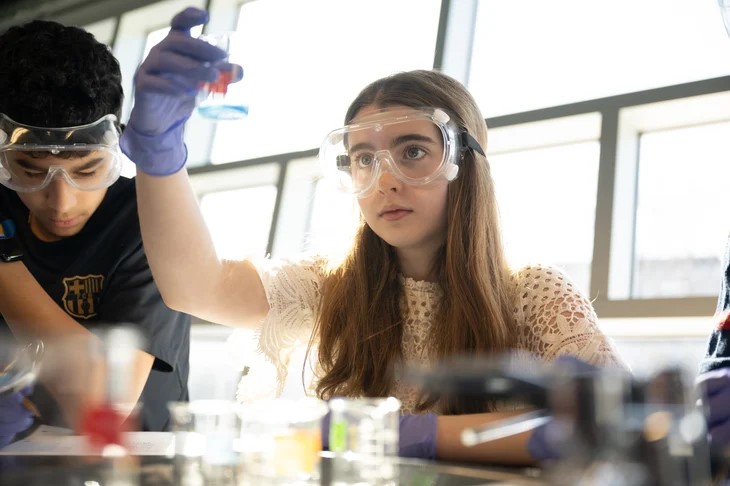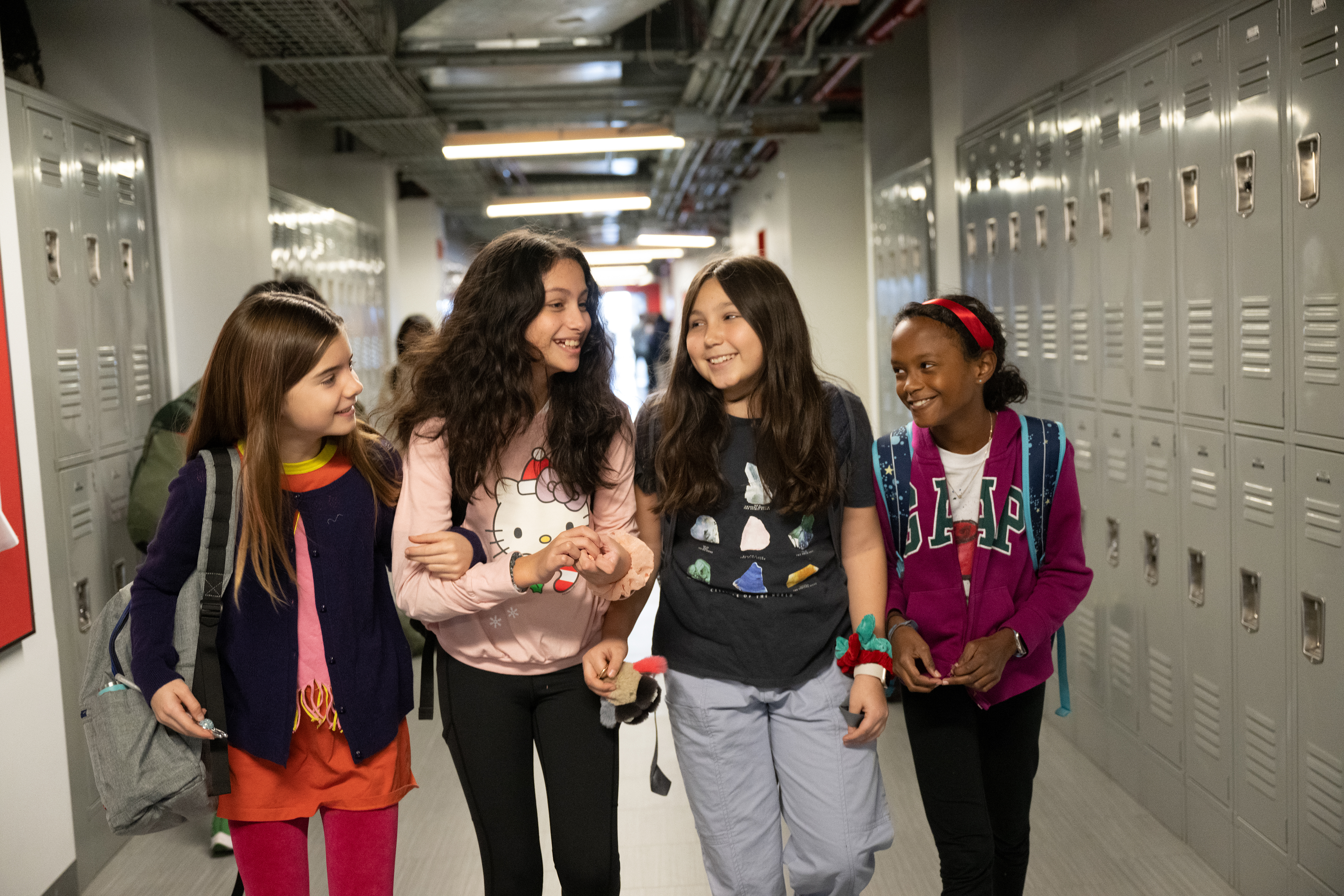Today, our Leadership Spotlight series focuses on Ms. Allison Sandhu, who joined BASIS Independent Brooklyn this past school year as the Director of Student Affairs for our Lower School campus in Downtown Brooklyn. Ms. Sandhu brings years of experience as both an educator and a school administrator. She joined school leadership at our Lower School campus last year, and we wanted to share her insights, given her role as Director of Student Affairs, while shedding light on her interests and accomplishments.

Director Sandhu started her career in the classroom with Teach for America after graduating from the University of Missouri-Columbia, and she went on to be a founding teacher at a charter school in New Jersey, where she led her students to exceptional results. While teaching, Ms. Sandhu gained experience creating curriculum and utilizing data to drive differentiation for students. After four years of teaching, Ms. Sandhu was promoted to administration as a Department Head, where she led a team of educators in developing academic plans as well as unit and lesson plans. She regularly coached on instructional practices and classroom management.
Director Sandhu’s knowledge of our school runs deep, since she is also a proud parent of a Gr. 3 Bear at our Upper School campus. That perspective has informed her work at the Lower School campus. In the past school year, Director Sandhu spent time connecting with teachers and observing classes to help offer suggestions and ways to enhance learning. She also introduced new community events, particularly the BASIS Independent Brooklyn “Becoming a Bear Ball” for students in grade 2 stepping up to the Upper School campus next year. Director Sanhu has already made an impact on our school, and we had a chance to catch up with her to ask some questions we hope will help families get to know her better.
What drew you to BASIS Independent Brooklyn?
I originally found BASIS Independent Brooklyn as a parent in PreK. My husband and I were looking for a school for our son where strong academics lived alongside joy—where kids could be intellectually curious, challenged, and love coming to school each day. We wanted a diverse and inclusive community, with compassionate educators who truly knew and supported their students. The two-teacher model and commitment to differentiation stood out right away—it signaled that the school prioritized both high expectations and individual attention, which felt like exactly what we wanted for our son.
Tell us about what excites you in the year ahead?
I’m really excited to help enhance the student experience—looking closely at the systems and routines that help kids thrive and ensuring that rigor and joy show up in every classroom. I’m especially looking forward to building some new schoolwide traditions that celebrate academics in fun, community-building ways. Most of all, I’m eager to partner with teachers and families so that every student feels known, supported, and challenged every single day.
You spent some time focused on areas other than education. Tell us about some of your other interests.
I’ve spent time outside of the classroom working in a few different creative fields. I founded a travel startup that connected travelers with locals to create more authentic, meaningful experiences. I also worked as a documentary photographer, creating and publishing multimedia pieces for a variety of outlets. Across all of that work, there was a common thread: I was always trying to notice and elevate the beauty in everyday life. That same mindset is what brought me back to education—there’s nothing more powerful than seeing what makes a child unique and then doing the work to cultivate that.
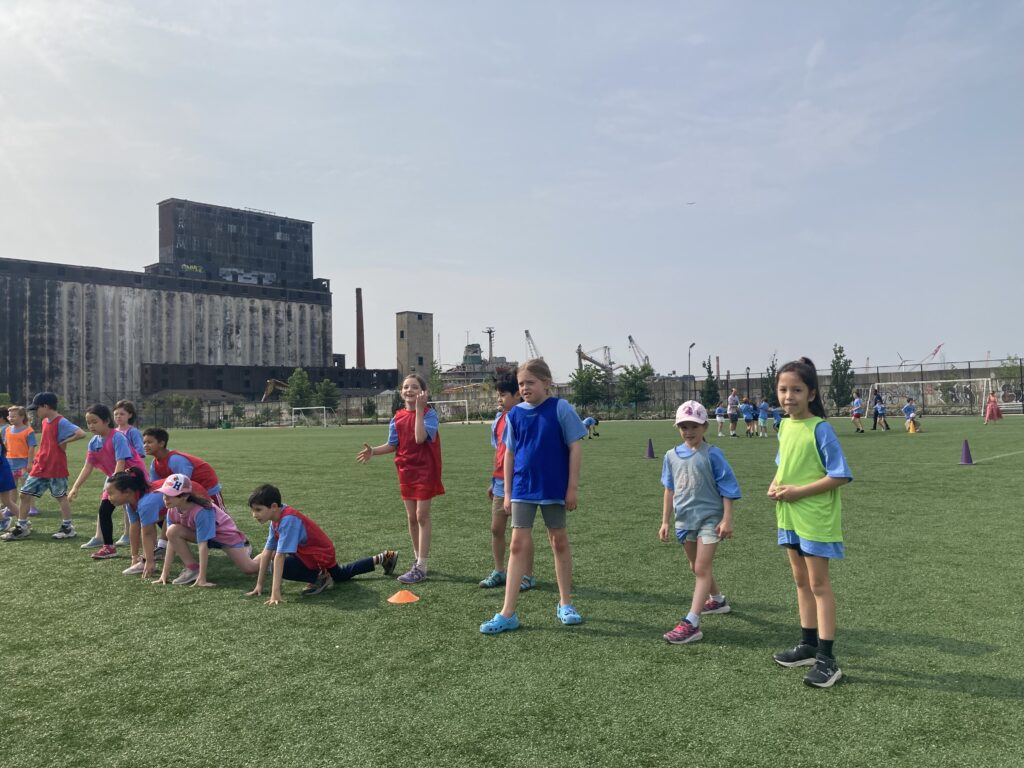
Families might not know this, but you started as a parent at our school. What difference does that second perspective bring to your current role?
My family was part of the BASIS Independent Brooklyn community for years before I joined the staff, and that experience continues to ground my work as Director of Student Affairs. I know firsthand how important clear communication, consistent expectations, and trust are to families. As parents, we want to feel confident that our children are both cared for and challenged—and that belief shapes everything I do. It’s also why I truly value hearing from families. I know it’s easy to hesitate before reaching out, but I want everyone to know I’m always here as a partner. Please don’t ever hesitate to connect!
You are very well acquainted with the world of youth sports as a parent, since we always hear about a certain game or championships with your son. Can you tell us a bit about that and how that can help in your current role?
My son is incredibly passionate about soccer—or football, as he prefers to call it. He currently plays for the Red Bulls academy team, so when we’re not at BASIS Independent Brooklyn, there’s a good chance we’re on a field somewhere. One of the biggest takeaways from being around youth sports at that level is how much great coaching overlaps with great teaching. The best coaches—like the best educators—create safe, structured environments where kids can take risks, stretch themselves, and be creative. Clear expectations, timely feedback, and a deep belief in a child’s potential go a long way—on the field and in the classroom.
Do you mind sharing a fun fact that families might not know about you?
I love to cook and have bookshelves full of cookbooks. Even when I don’t have time to make something elaborate—or anything at all—I find it incredibly relaxing to flip through them and get inspired. One of my favorite weekly rituals is making my own yogurt from scratch—it’s shockingly easy and always so satisfying.
# # #
Thank you, Director Sandhu, for dedicating your time and focus on making our school community impactful and meaningful. We look forward to another great year ahead!
BASIS Independent Brooklyn is a PreK–Grade 12 private school, providing students with an internationally benchmarked liberal arts and sciences curriculum, with advanced STEM offerings. Considering joining the Bears community? To join our interest list for the next school year and receive admissions updates and more, please click here.


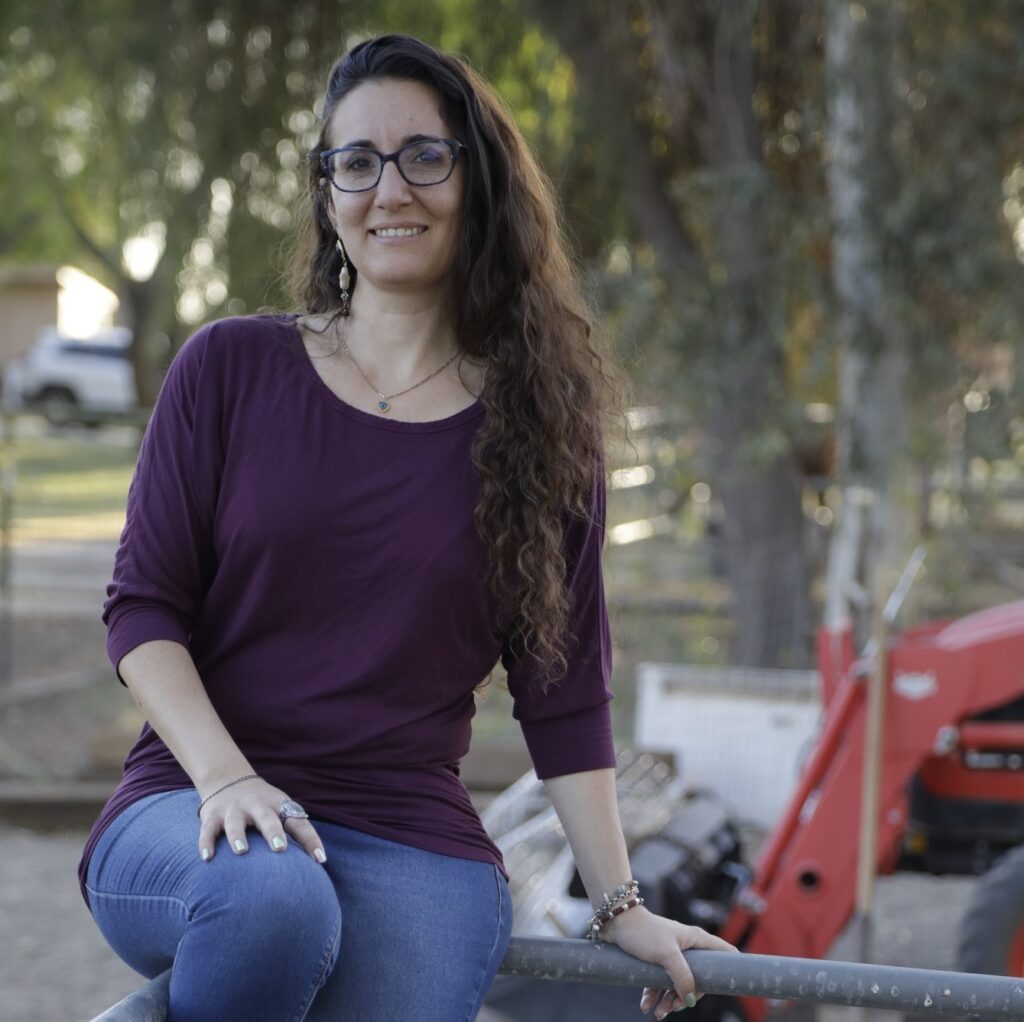

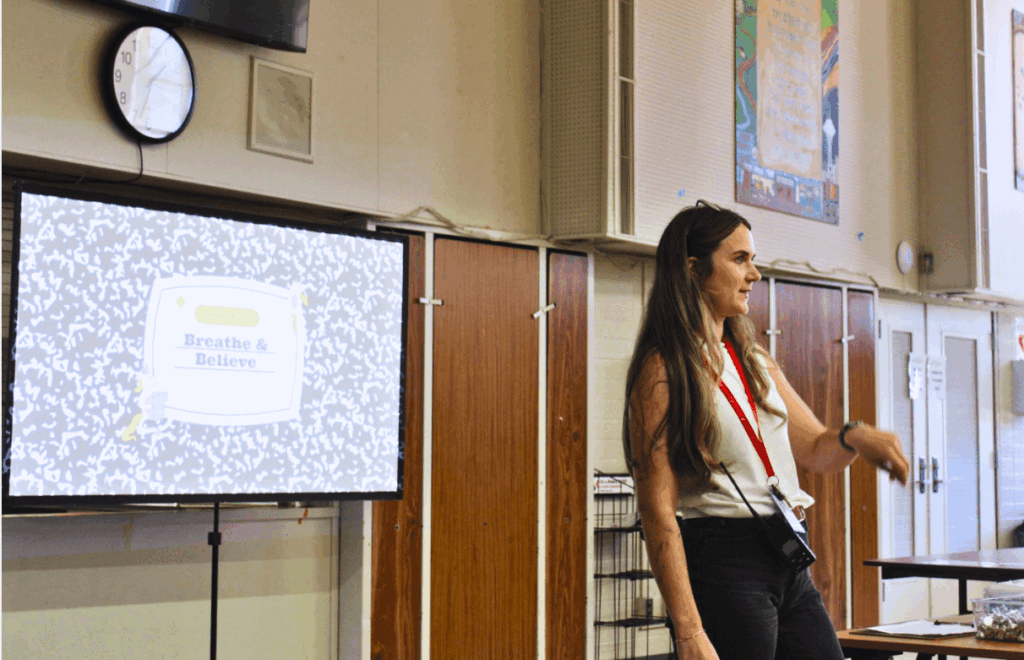
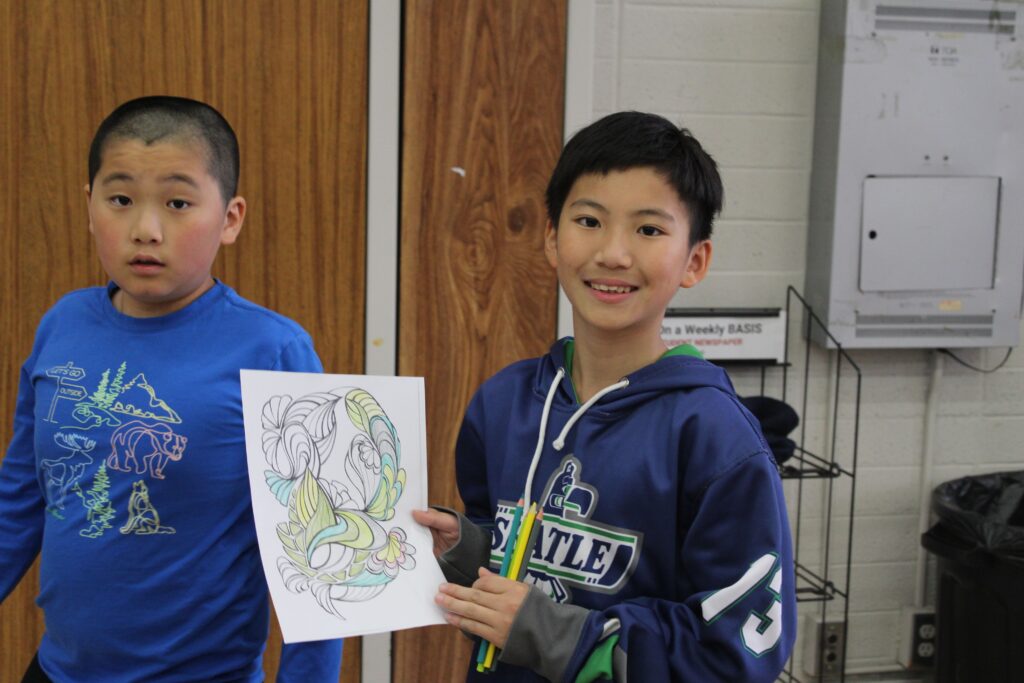
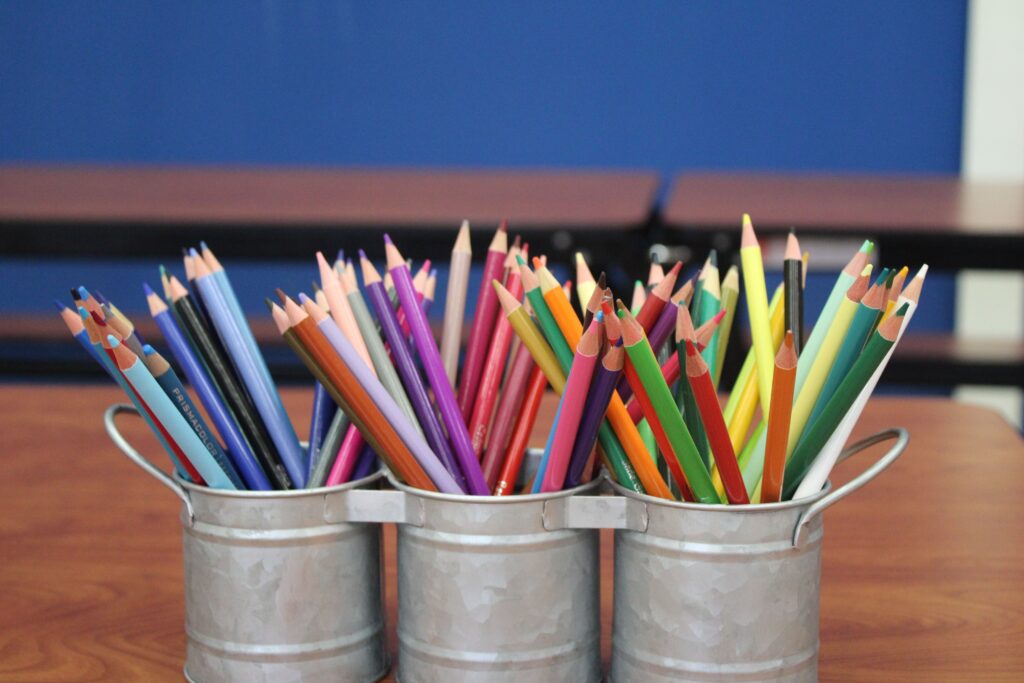
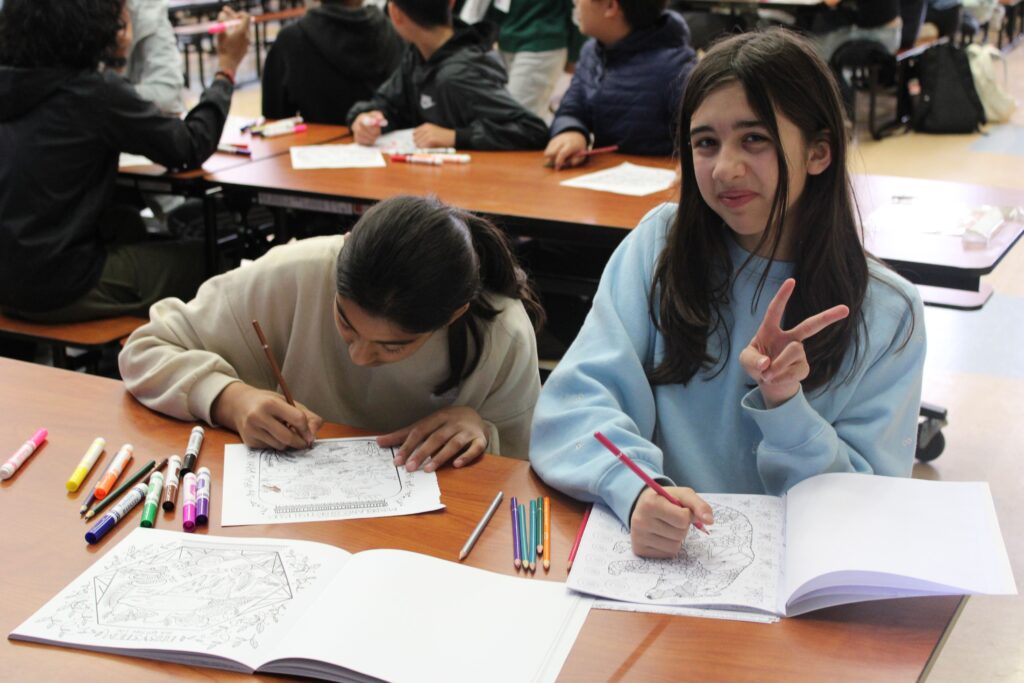


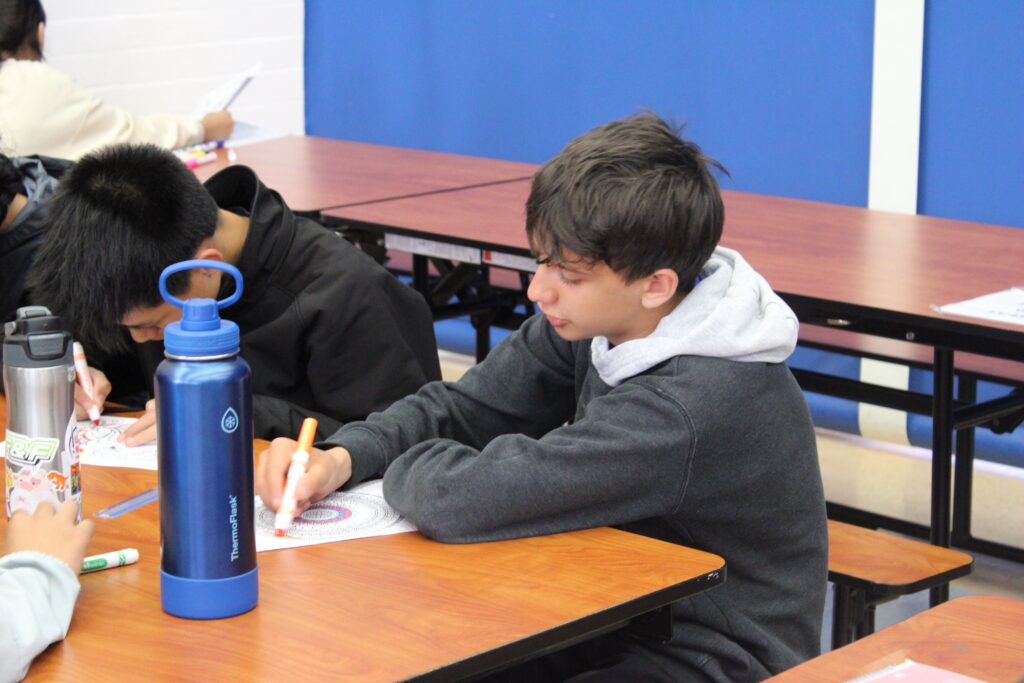

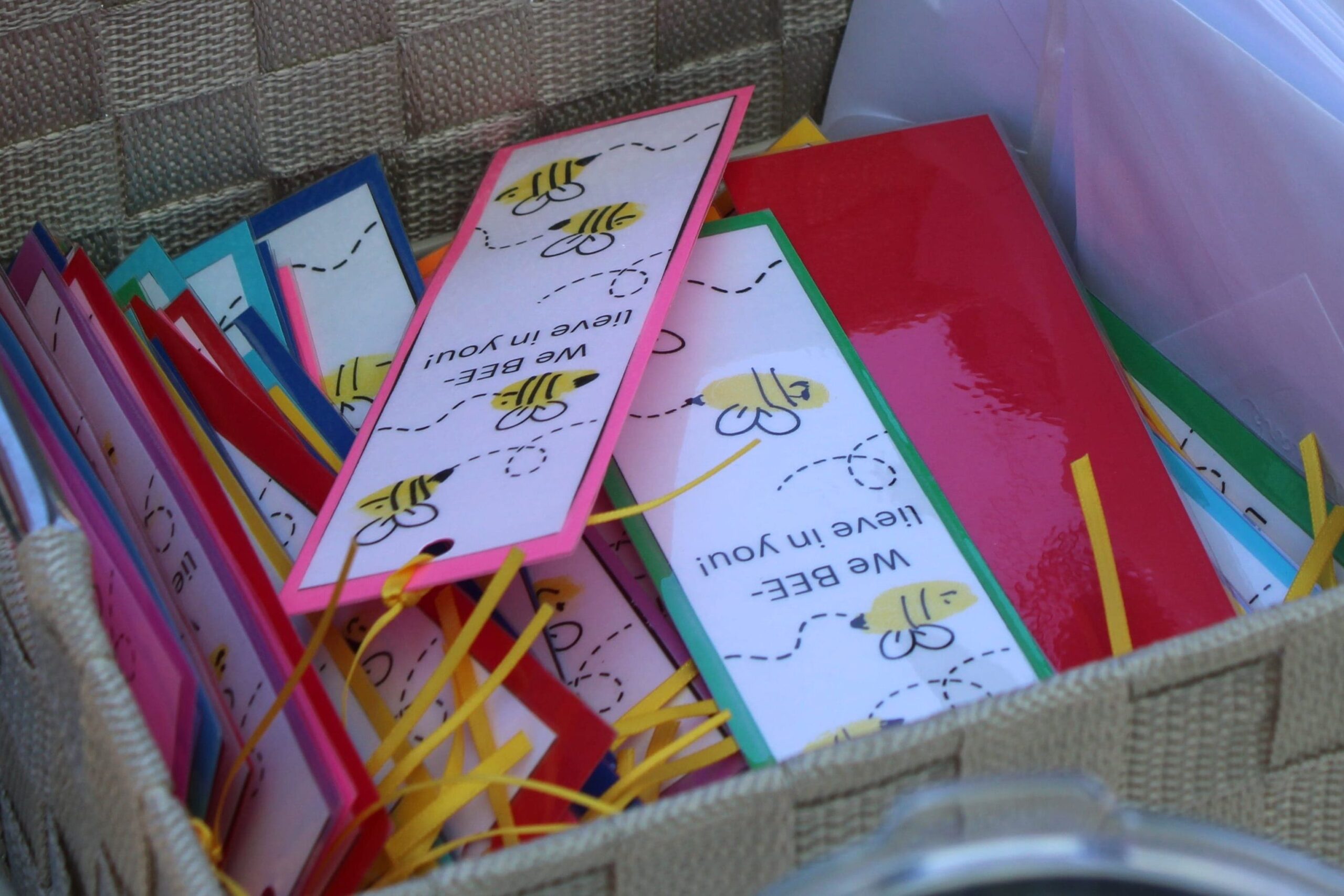

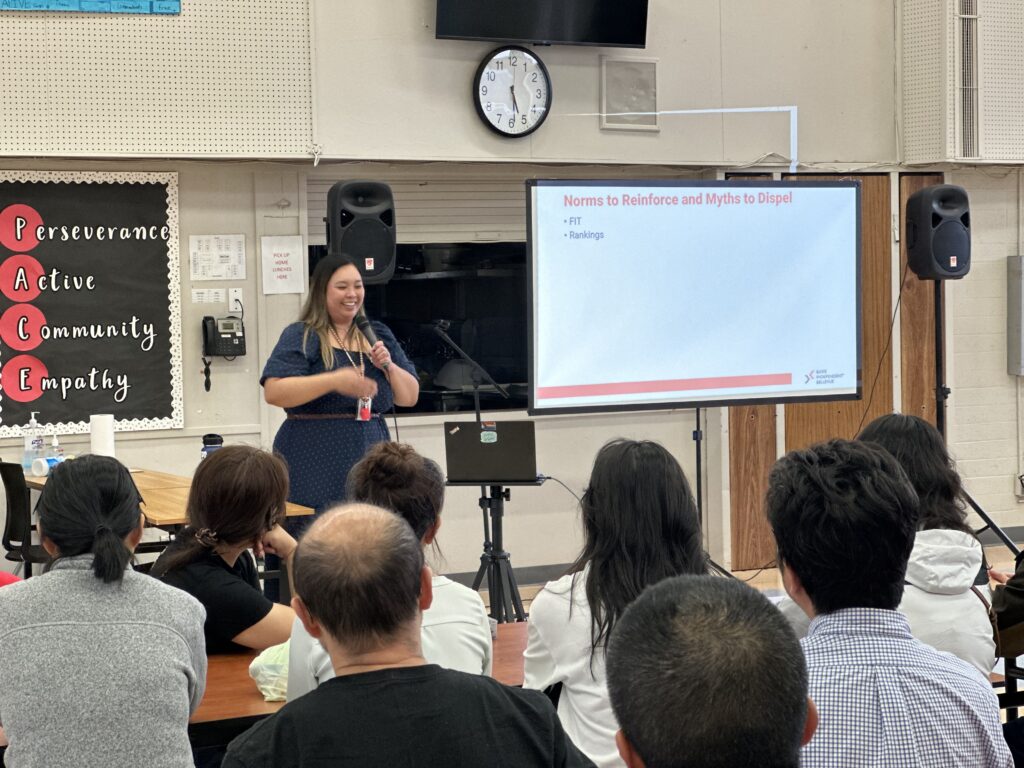

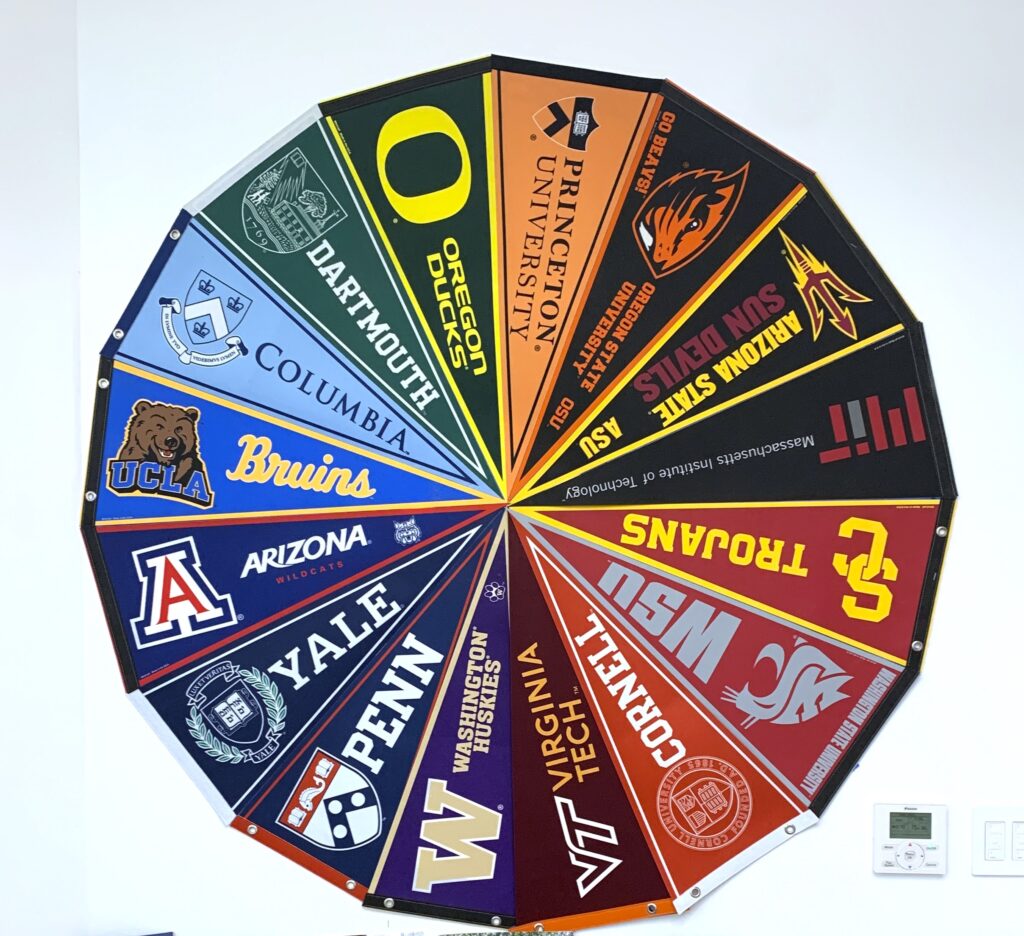
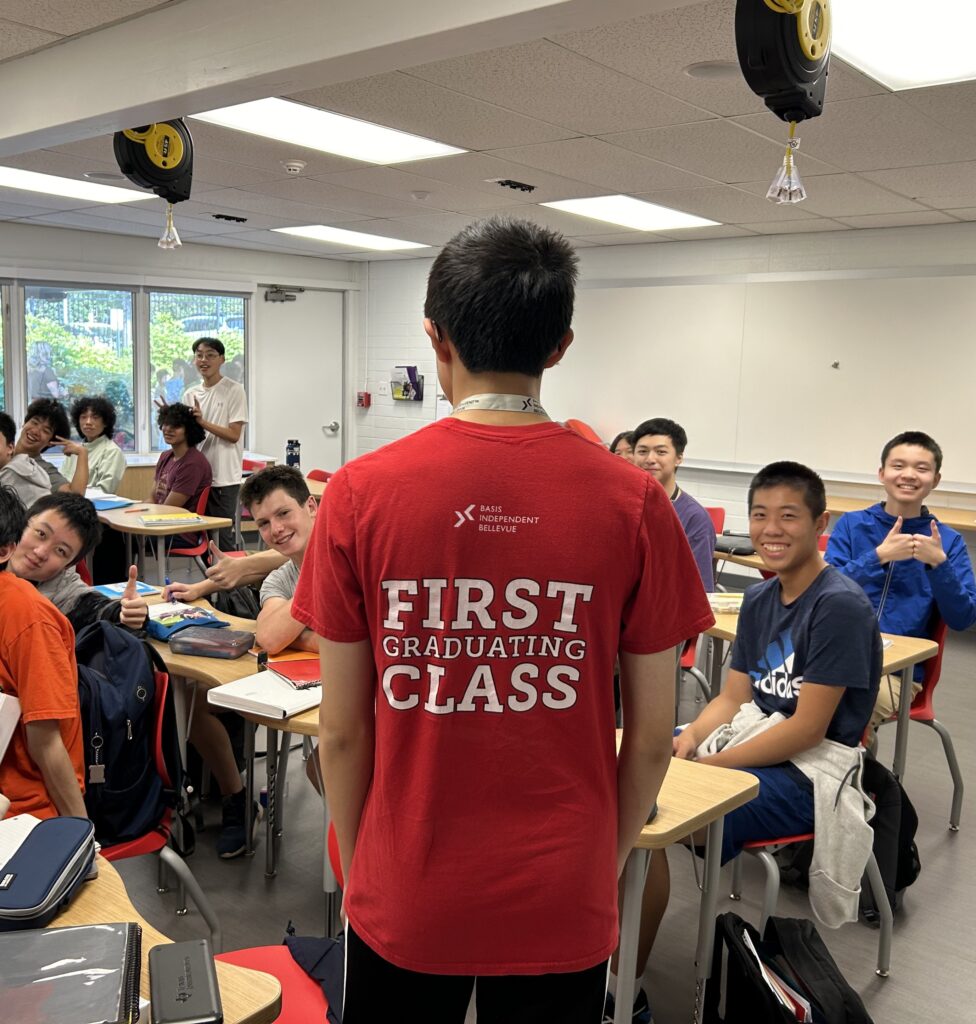
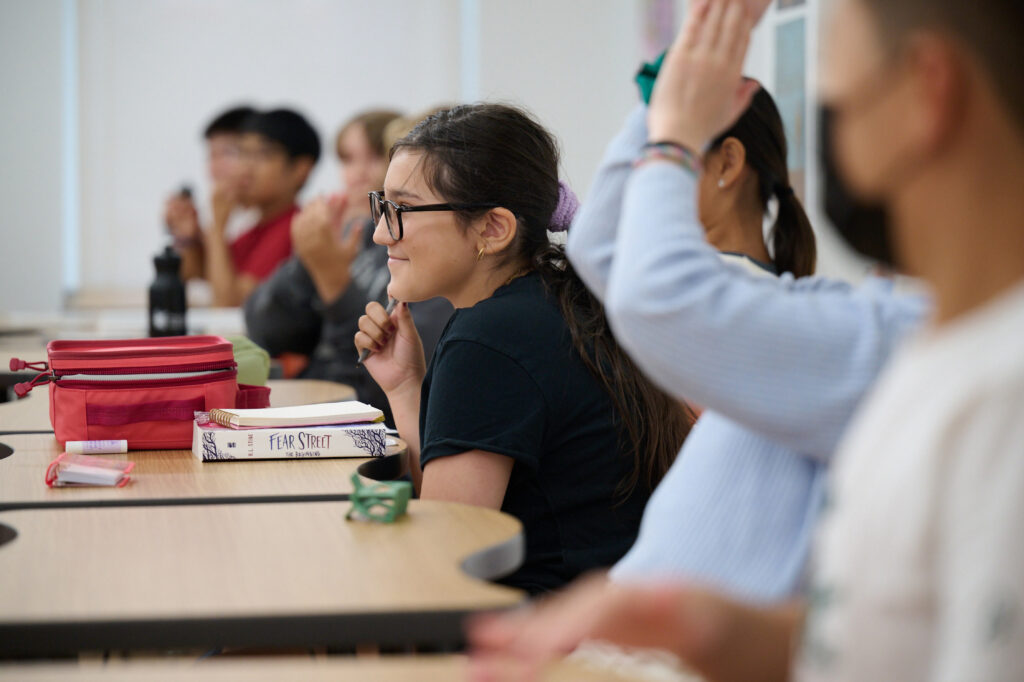

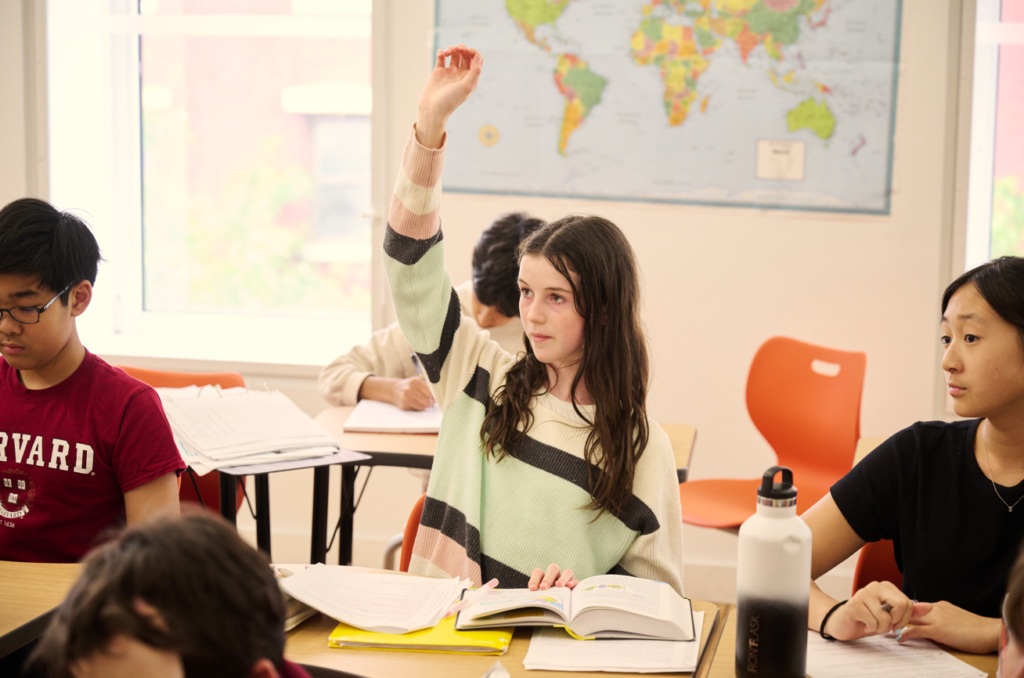
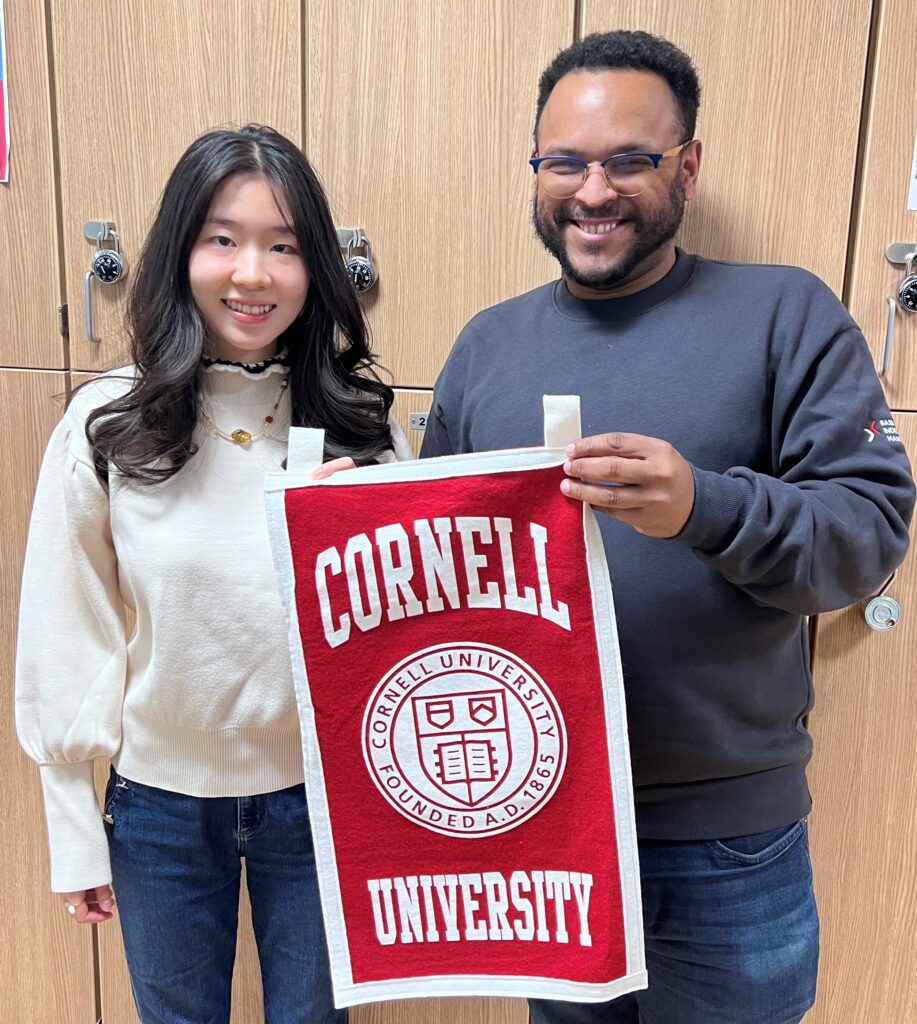
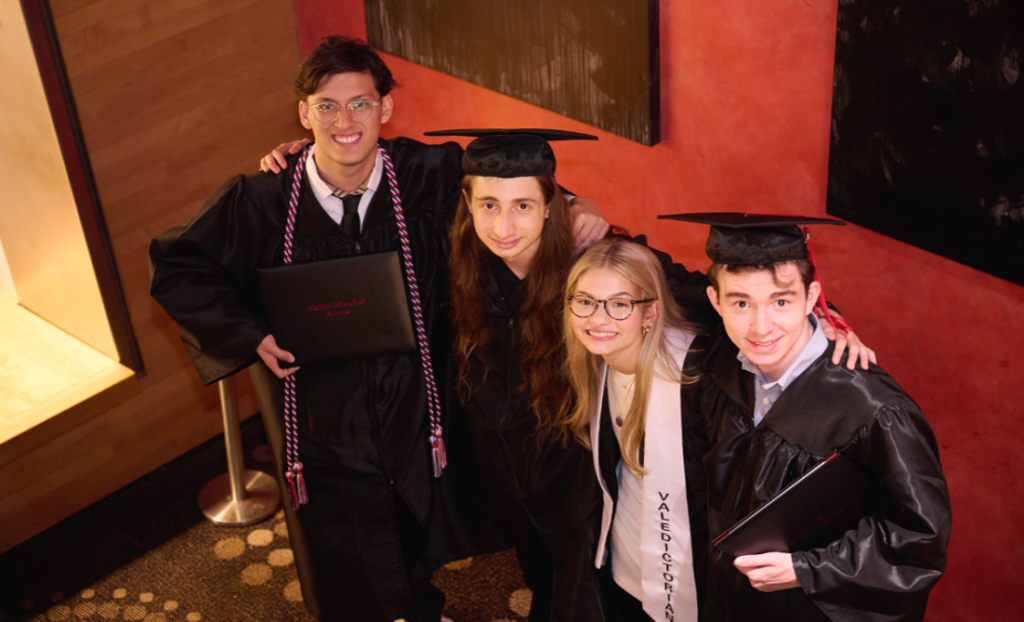
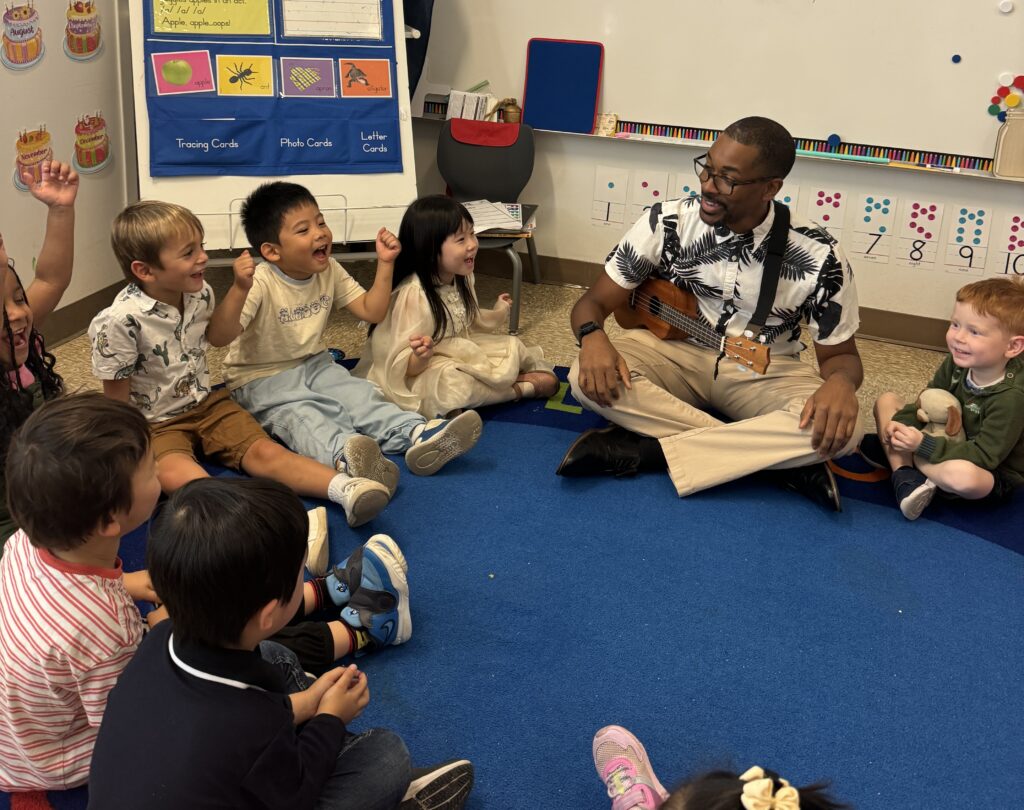
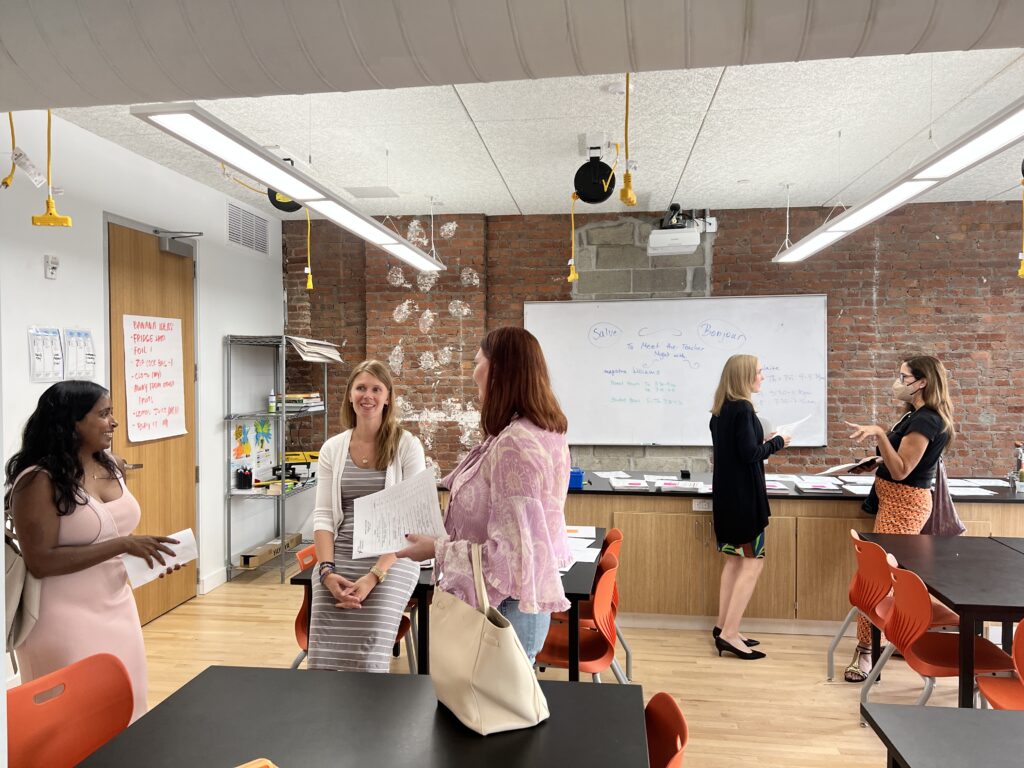

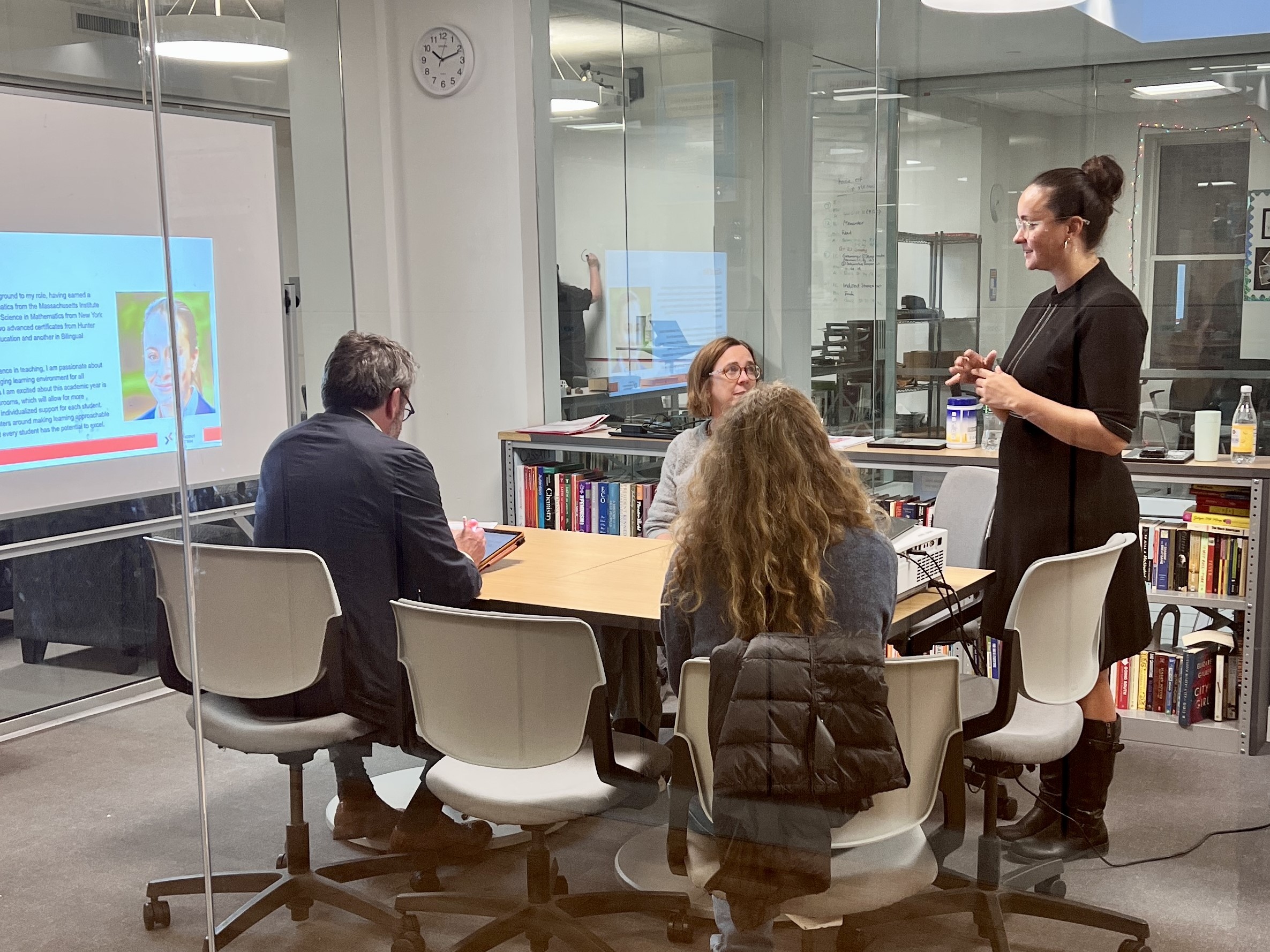

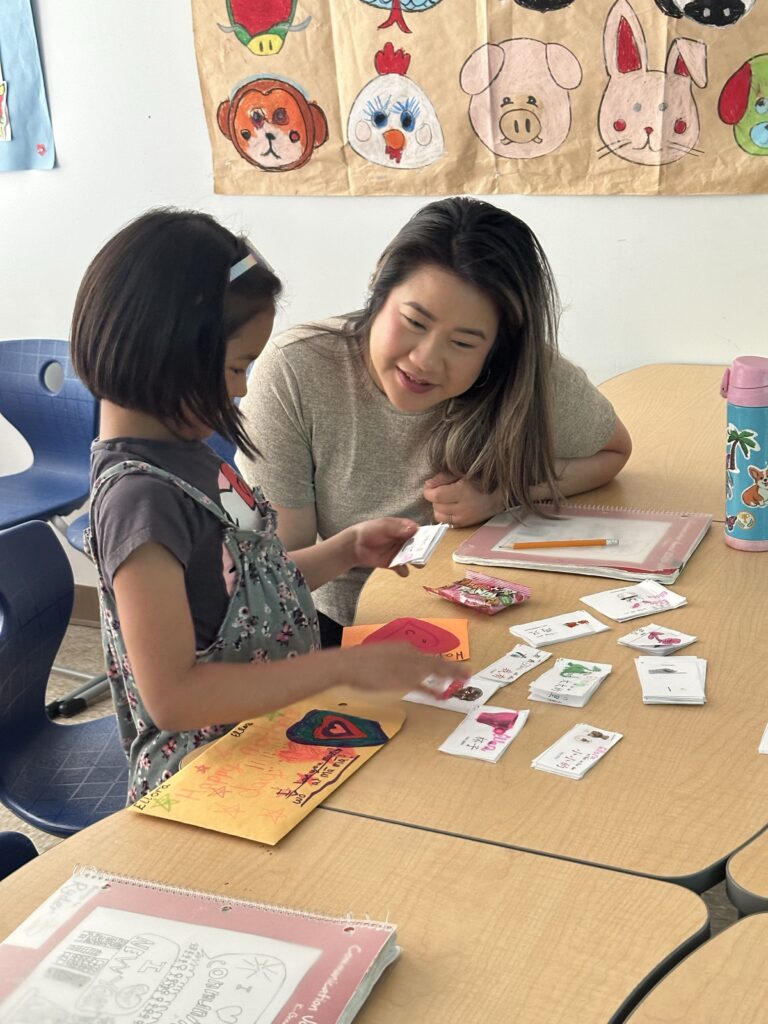
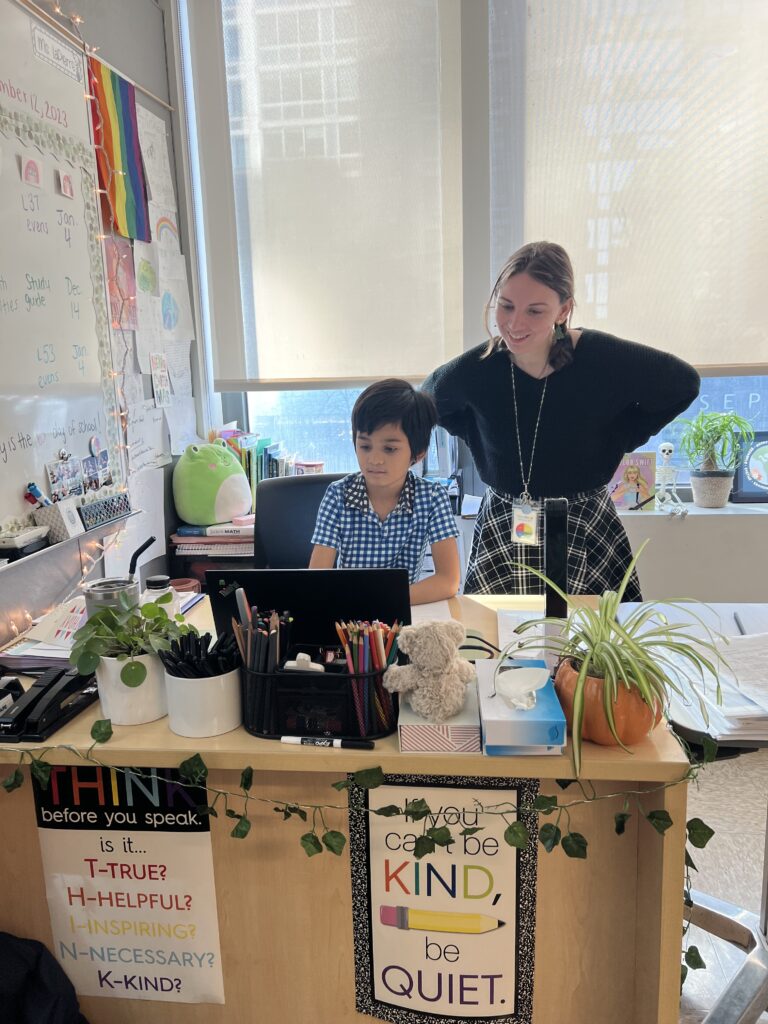

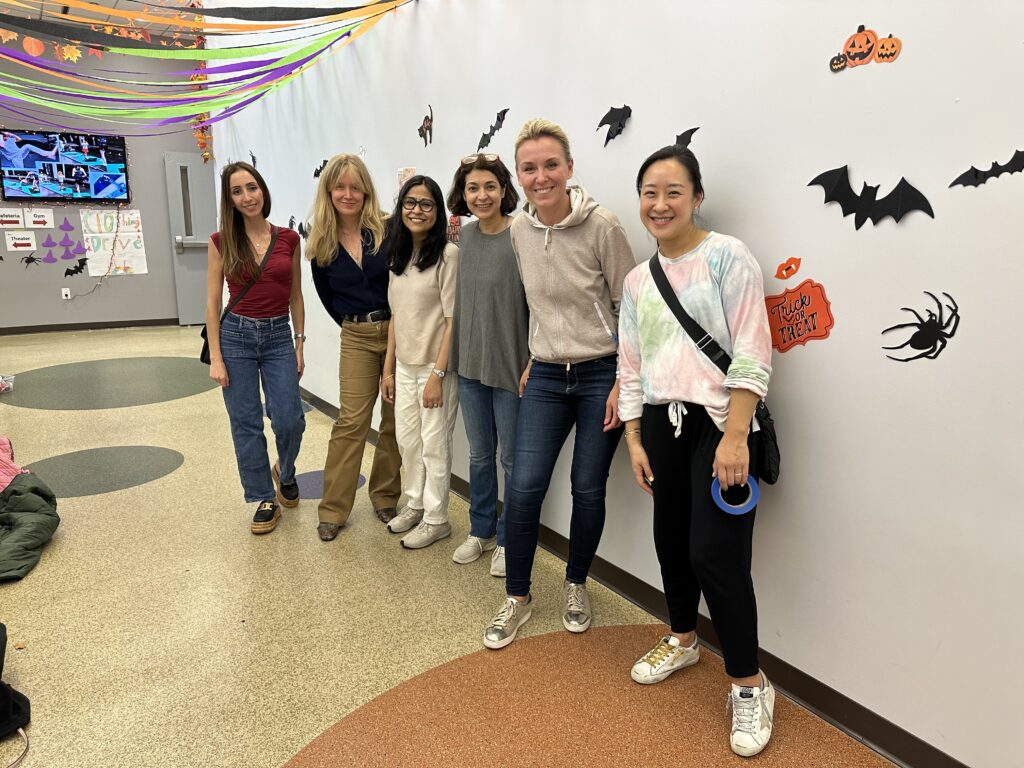
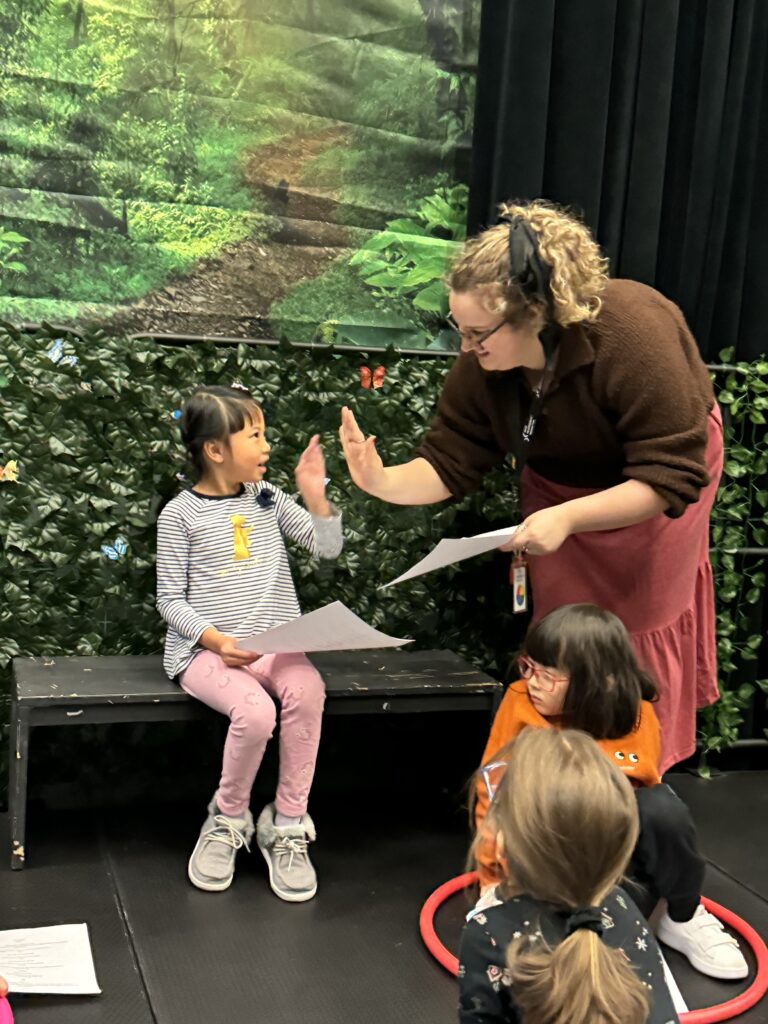
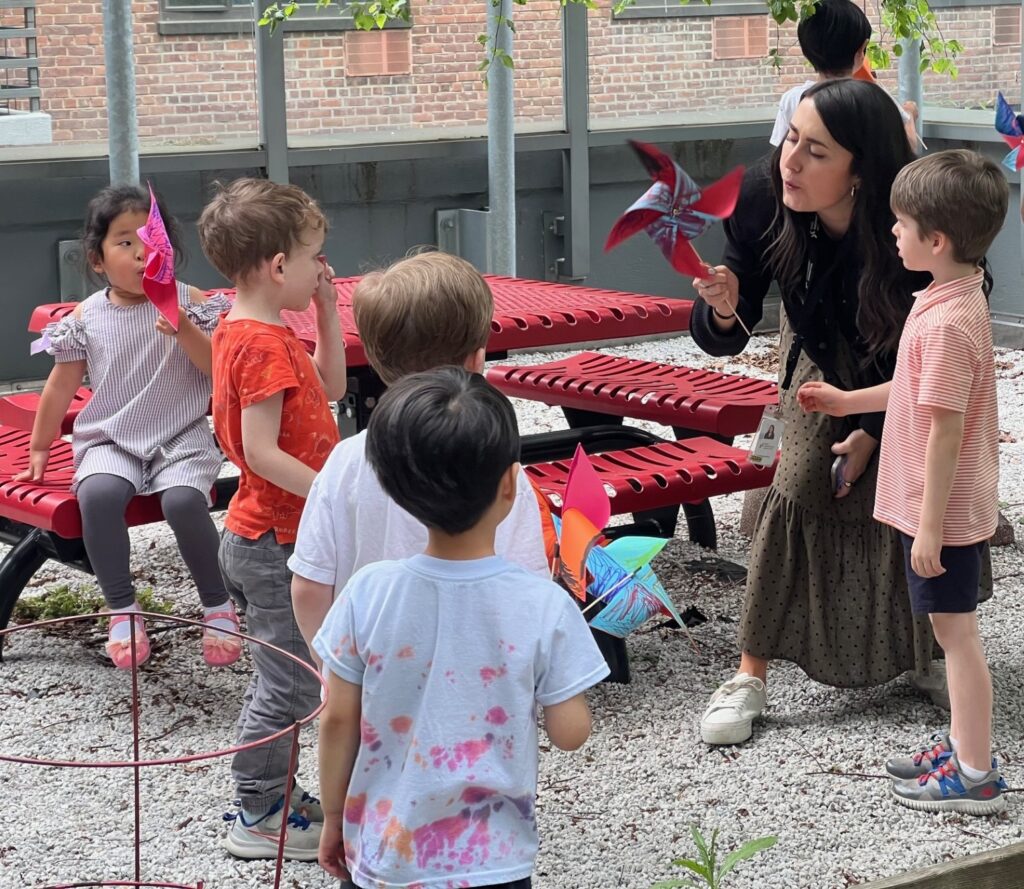
.png)

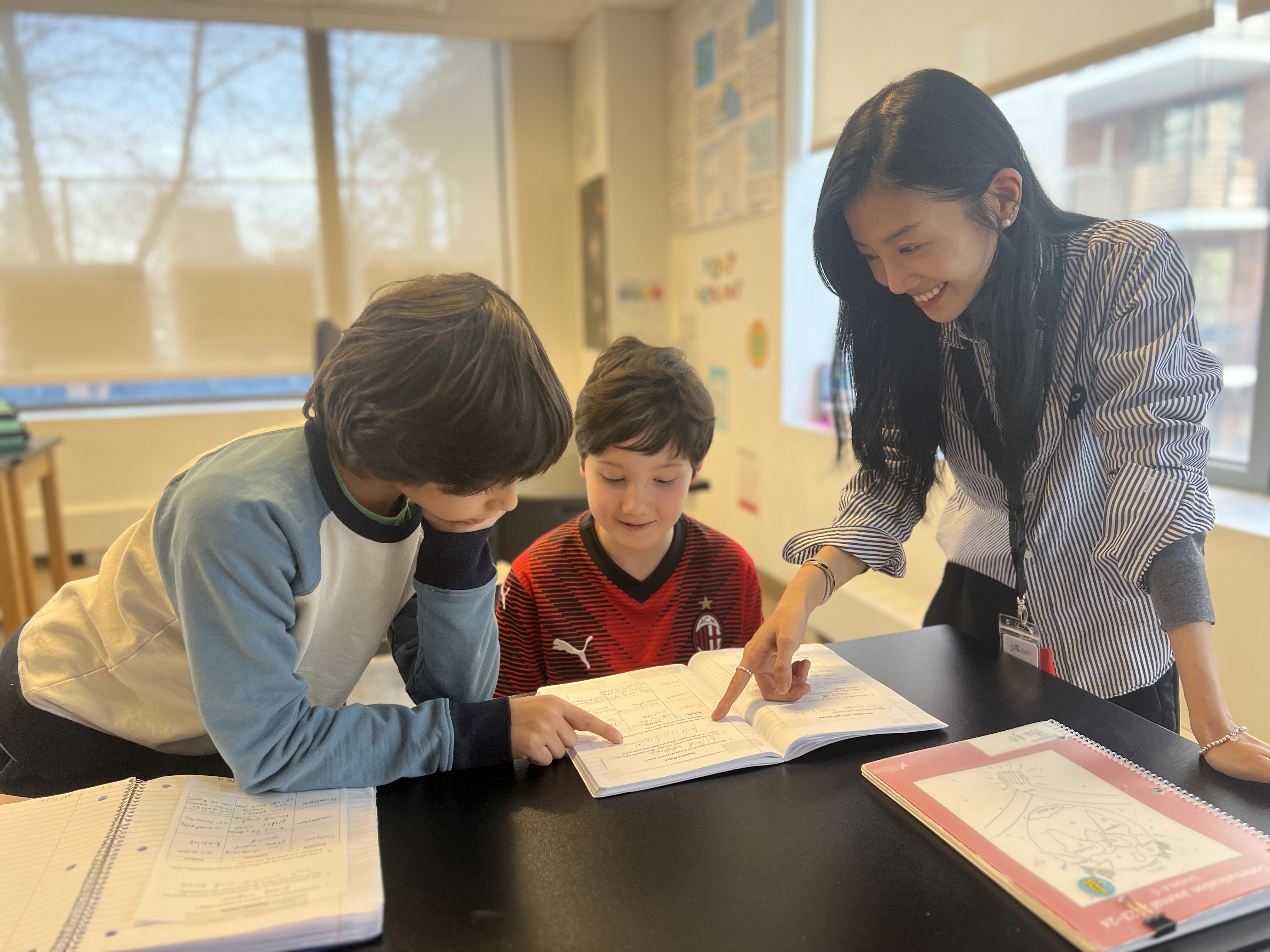
.png)
